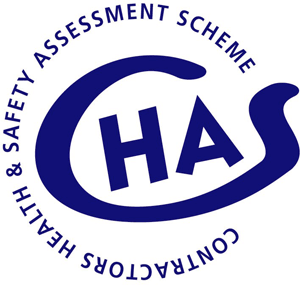Asbestos Awareness Training
Cambridge Risk Management provides Asbestos Awareness Training with over 8 years of industry experience.
Training Purpose
By the end of the course delegates should be able to:
- Discuss the origins of Asbestos and where it is found
- Outline the health hazards caused by asbestos and its routes of entry into the body
- Identify the locations/products where asbestos-containing materials are likely to be found
- Outline the basic occupier’s duties in relation to asbestos
- Contrast the difference between “licensed” removal of asbestos and nonlicensed work with asbestos
- Identify correct control measures for nonlicensed work with asbestos
Who Would Benefit
Those whose work may bring them into contact with asbestos products and who need to be able to recognize the risks and act accordingly.
Our Asbestos Awareness Training course covers:
- What is asbestos?
- Health hazards of asbestos
- Asbestos in buildings
- Asbestos legislation
- Asbestos waste
- Emergency procedures
- Multiple choice question paper
Legal requirements
There is a legal requirement in the UK, under the Control of Asbestos Regulations 2012, for employers to provide training to employees liable to come into contact with asbestos during their everyday work.
It’s really important to note that if your work is liable to disturb asbestos, not merely encounter it, you will need additional levels of training. Please refer to the HSE for further details.
We also offer online Asbestos Awareness Training
Online/Classroom
The first main distinction is between online and classroom (or face to face) training. Online courses, like the one we offer on this website, are taken on a computer (or tablet or phone) at the candidate’s own pace. The training can be carried out at home or at a place of work, perhaps on an office computer. Online training should be taken individually – candidates wouldn’t sit together and work through an online course as a group. All the course content would be presented to the candidate via the website
Classroom training is usually conducted in a group with a qualified instructor leading the session. The advantages of learning in a classroom environment are that you have an instructor and other participants to ask questions of and discuss the course content with. The disadvantages of classroom training compared with online courses are generally considered to be cost and time – classroom courses can take longer and cost more
-
Accident Investigation
£200.00 – £675.00 -
Catastrophic Bleed Management Course
£65.00 -
CDM Coordination
£100.00 – £700.00 -
Certificate in Stress Awareness
£250.00 -
CHAS Application
£200.00 – £550.00 -
CIEH FOUNDATION CERTIFICATE IN OCCUPATIONAL HEALTH AND SAFETY
£95.00 -
Sale!
CIEH Intermediate Certificate in Occupational Health and Safety
Original price was: £400.00.£350.00Current price is: £350.00. -
CIEH INTRODUCTORY CERTIFICATE IN OCCUPATIONAL HEALTH AND SAFETY
£95.00 -
CIEH Level 3 Award in Environmental Management
£1,995.00 -
CIEH Level 3 Award in Risk Assessment Principles and Practice











